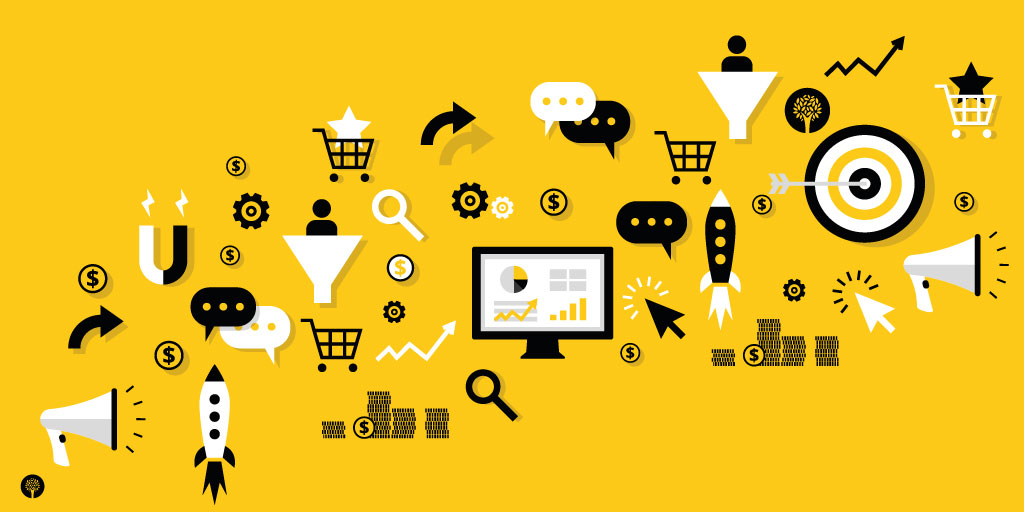What is this amazing word all about? Well it’s quite simple really, right now our world is made up of paradigms, little “perceptions” of what we need/want all interconnected.
A paradigm is best explained through an example, so take mobile phones 10 years ago. Phones back then were just phones. You used them to call your friends and that’s it. That is a paradigm, a world where people only wanted to phone from their phone.
But then Blackberry came along and it had this amazing idea to hook up emails to your phone. A world where phones didn’t just do phone calls, but did other forms of communication was another paradigm.
These two paradigms butted up against each other, with the world sat on the side of the phone is a phone.
Humans naturally reinforce the presiding paradigm, we’re just built to do it because we don’t like challenging the norm. We build our reports, look for evidence and write books all that reinforce the paradigm. A great example of this in its most simple terms is when people were adamant that the world was flat, it was simply ludicrous to suggest otherwise.
When Blackberry tried to sell their email phone idea they met huge resistance, because they were challenging the paradigm. It wasn’t just that people thought phones should only phone people, they simply couldn’t see the benefit that having email on their phones would bring.
To counter this Blackberry decided to start showing people how great email could be, but with limited resources they decided to show CEO’s for free by sending phones to major companies.
Now up until then the benefit of email on their phone hadn’t hit home to anyone despite the sales guys arguing a great case. People were used to getting home and doing their emails at home, and not even replying when they were out on meetings.
But sending free email phones to CEOs was a master stroke. What happened was the CEOs started getting emails while they were in meetings and replying to them in real time and being CEOs they then sat there and waited for a response.
What happens to CEOs that send instant replies but have to wait for 24hrs for their people to respond? They buy them all blackberry’s.
What happened as a result was a tidal wave of change. The world flipped from thinking a phone was for phoning to a world where phones were mini computers in their pocket, the world jumped to the next paradigm.
Yet this wasn’t the end of the story for Blackberry because by making the world jump they had in fact sown the seeds of their own demise. After all that hard work and effort, the paradigm the world jumped to wasn’t quite the one they had envisaged.
The world had its eyes opened to having a smart phone that could do anything but they only had email to offer. As time went on android and apple competitors filled the market and blackberry having laid the foundations simply withered and died.
There is actually a reason for this too and it’s a lesson that we must all learn. You can be the entrepreneur that spots the next paradigm, the next shift in consumer needs, and you can put all your effort into moving the world but if you simply stop there you’ll lose out in the end.
You see the guys behind blackberry saw the world as it should be, but once they reached that paradigm, they forgot to look for the next one and keep on adapting to the paradigm itself.
There’s some great lessons to learn here. The first is that paradigms don’t shift over night, they need traction, but much like a heavy rock once you get moving it moves quickly from one to the other. If we look back then, you could say that a great ham sandwich idea comes from picking a paradigm that can shift quickly without much effort.
The second great lesson is that the person that spotted the need to move to the next paradigm is not always the person that spots the next step. People can see a future need for change through a variety of reasons and that doesn’t mean that they are necessarily skilled in picking the next one. If you’re going to succeed at continually innovating, you need to make sure that you don’t become so fixated on the paradigm you want to be in that you forget to look out for the next one.
And finally there is a great lesson to learn from how blackberry sought to move people to the next paradigm. They worked out the problem people had (not being able to instantly reply to emails), imagined a world where early adopters had fixed this problem, and asked who those early adopters needed to be to influence the rest of the world to follow them (CEOs).
When you realise how Blackberry did it, it seems obvious now but what you don’t realise is that Blackberry had years of failure before they succeeded. There initial sales strategy was to pick IT managers as the influencers they needed to get to, but IT guys are often too afraid to challenge the norm so nothing really came of that. It’s amazing to think that a simple change in who their early adopters were literally revolutionised how the world uses mobile phones.
The question you have to ask then is, for your product, who are the most influential people you can get to use it and how can they get others to follow. Are they celebrities that you need to wear your new clothing line, are they bloggers that have 1000’s of followers in your industry or are they someone you’ve never even considered?
Traction is the biggest factor towards moving a paradigm, so all you have to do is figure out which paradigm you’re going to next and who’s going to take you.
But alas there is one more problem for you to face, how exactly do you get the person that’s going to take you to well actually take you?
This is where the idea of the burning platform comes in. Burning platforms can be used in all sorts of sales environments to make your leads or your customers move to places that you want them to.
Other people call burning platforms “urgency”. Burning platforms are basically when you throw a torch to the paradigm you’re currently in.
Think of it this way, if you were on a platform and there was another one that’s a little bit further away but just as warm and cosy, why would you jump to it? You wouldn’t, you’d stay put.
Now imagine that platform is a paradigm, something the person stood on it is compelled to defend for no reason other than it’s the norm; getting them to move just got harder.
The only way you’re going to get this person to jump to the paradigm you want them to is to do two things.
1. Show them the paradigm you want them to go to and make it as easy as possible to get there (like Blackberry literally take the phone to them and set it up).
2. Set fire to the paradigm they are currently on (with urgency or regulation etc).
Imagine you’re on that platform and it’s on fire, you’re going to have to jump somewhere so why wouldn’t you go to the platform that the kind sales person has just laid out right in front of you?
Creating a burning platform can be done in many ways and we see them all over the place. You might say a product is ceasing, or that an offer is for a limited time etc. The one thing you don’t want to do is present your desired paradigm to them but be soft with the delivery, moving cannot be an option; you need to use a hard line when creating a burning platform or else people simply won’t move.
Great sales plans don’t just recognise the paradigm they want to move to, they recognise the paradigm they are already in, why people would defend it and then not only lays out an easy path to move to the next one, but puts petrol all over the old one to force them to move too.
Picking the right person to target though can be hard. If Blackberry had focused on the IT Managers of big businesses they might have never been able to create a burning platform, yet they picked a far easier route instead. All they had to do was to give a nice shiny handset to a CEO and the CEO created the burning platform for them; not everyone is that lucky, but getting to the CEO was a task in itself.
Chapter Summary:
• Paradigms are perspectives of the world and can be for anything; politics, products etc
• Paradigms back up next to each other; each one is a little bit different from the other
• The further you get away from the original paradigm the more the perspective changes (and the harder it is to reach that paradigm)
• Humans looks for ways to reinforce the current accepted paradigm e.g through reporting
• Bulk traction is needed to move people from one paradigm to another e.g. urgency, legal or endorsement
• Some companies are great at exploiting the current paradigm but not moving to the next one
Read our next blog post “Make leads want to be sold to”.






